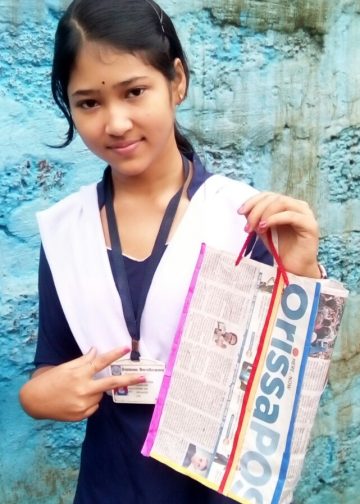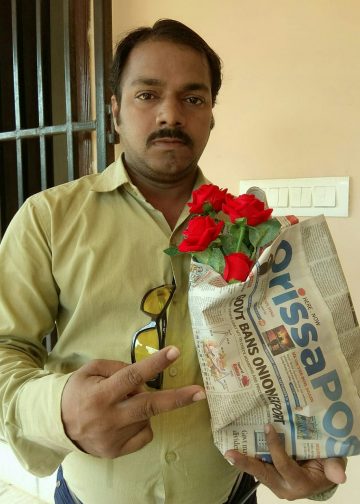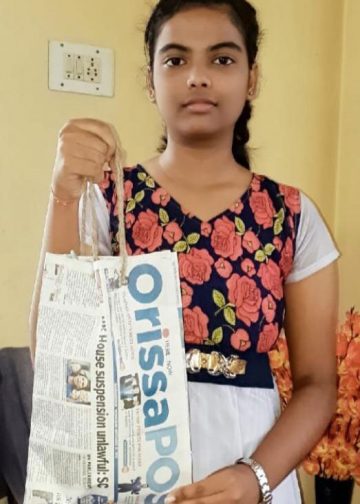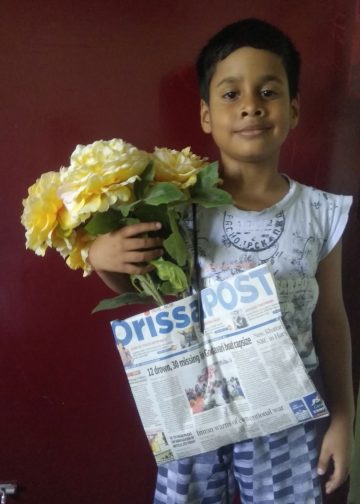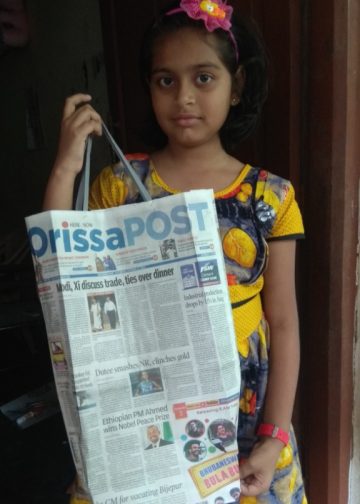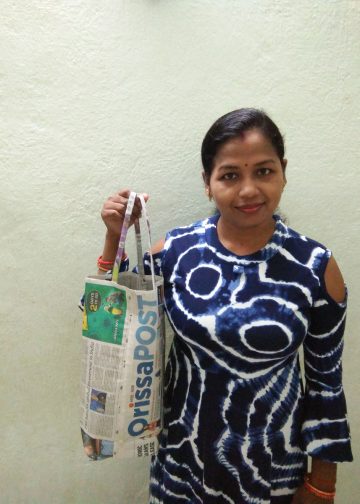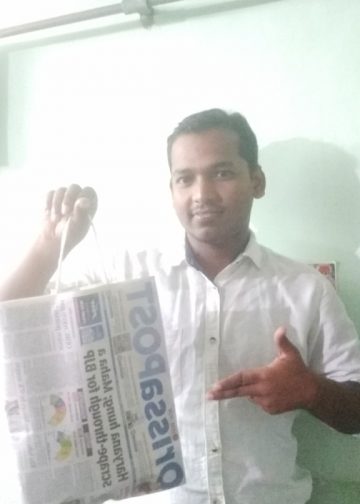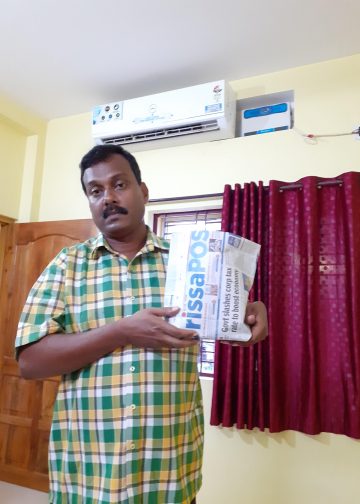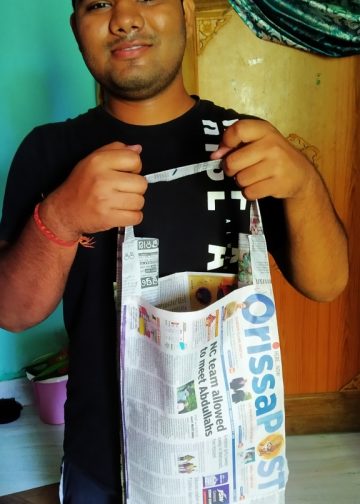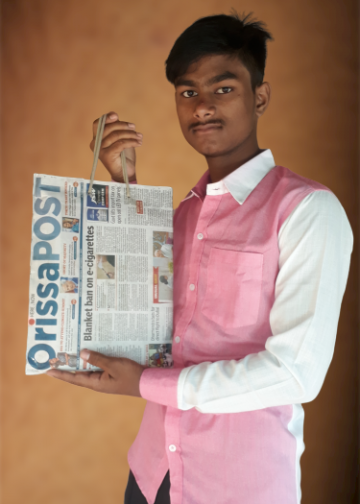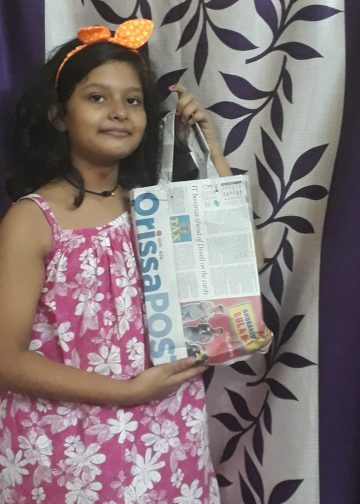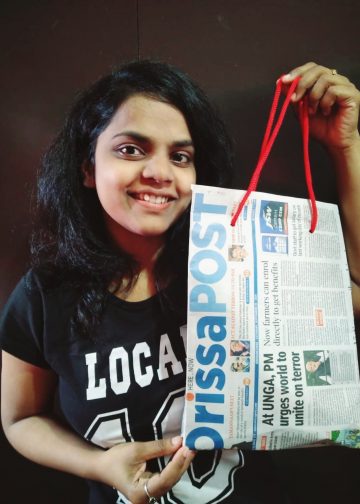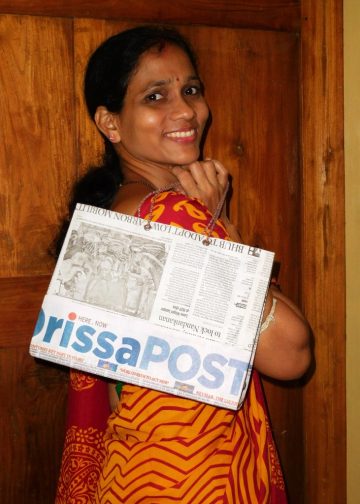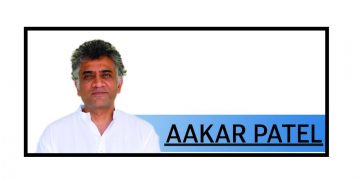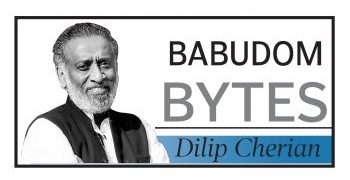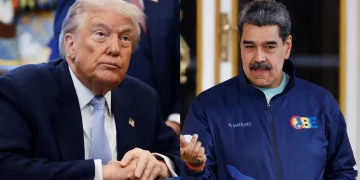Paschimasambhu Somnath Dev temple at Harirajpur
The grand fair and festivities organised every year at Harirajpur village during Holi are steeped in spiritualism. The celebrations are not ostentatious and have a divine appeal.
A report by Rashmi Rekha Das from ground zero
Orissa is dotted with ancient temples bearing exquisite sculptures as well as holy shrines. The state celebrates a number of festivals throughout the year and Holi is celebrated with great enthusiasm across the state. The mythological significance of Holi as Dola Utsav is outlined in a number of puranas and ancient Sanskrit texts. The festival is celebrated with considerable fanfare in many villages. However, Harirajpur deserves a special mention for a variety of reasons.
The Panchu Dola Melana at Harirajpur village on the Jatni-Pipli road is unique is more respects than one. The four-day event which starts on the fifth day of Dola Purnima is popularly known as Harirajpur Melana.
While the entire country erupts in mirth and gaiety on Holi day, the celebrations continue for four days at Harirajpur. According to custom, before the commencement of the annual fair the presiding deity of the village, Paschimasambhu Somnath Dev, invites deities of the neighbouring villages to Harirajpur.
Villagers — their faces and heads smeared with coloured powder or ‘abira’ in the local parlance — carry in a procession the idol of Paschimasambhu Somnath Dev in a richly decorated palanquin, known as ‘veemana’, on the fifth day of Dola Purnima. This ritual is called ‘jamana’.
The idol is taken to the large Melana ground where the deities from the neighbouring villages are brought in colourful processions. The Paschimasambhu Somnath Dev procession is led by drummers, pipers and Sankirtana Mandalis – a group of devotees who play music. The processions from the neighbouring villages halt in front of each household at Harirajpur and the villagers offer ‘bhoga’ to the deities. This ritual is called ‘chachery’.
The congregation of deities, called Panchu Dola, continues amidst blowing of conches and the performance of various rituals. The idols brought from the other villages are greeted with offerings at the entrance of the Melana ground. The celebrations culminate in a unique ritual called Harihar Bhet. The idols carried in palanquins assemble at the 70-acre ground where swings are fixed on a platform. The idols are placed on the swings as devotional songs are sung in chorus. Devotees thronging the fair in large numbers smear the idols with coloured powder. A fair, organised by Harirajpur Melana Managing Committee members, is held at the ground.
After the idols are dismounted from the swings, the ‘ganaka’ or ‘jyothisha’ (astronomer-cum-fortune teller) reads out the new Oriya almanac and narrates the important events that are to take place during the year. This is the reason why many people believe the festival heralds the Oriya New Year. The Marwadi community organises the ritual of Holipoda as part of which a huge straw hut is set afire amidst loud cheering and excitement. The ritual signifies the victory of good over evil.
Explaining the inter-relationship between Holi and Dola Purnima, a member of the Harirajpur Melana Managing Committee says, “In Vaishnava theology Hiranyakashipu, the king of demons, received the boon of immortality from Lord Brahma. As his power and arrogance grew, he began slighting divine power and demanded that people worship him instead. But to the egoistic Hiranyakashyap’s disappointment his son Prahlad became an ardent devotee of Lord Narayana and refused to worship his father. Hiranyakashyap tried several methods to kill his son but Lord Vishnu saved him every time. Finally, the tyrant asked his sister, Holika, to enter a blazing fire with Prahlad in her lap. Hiranyakashyap knew that Holika had a boon whereby she could enter the fire unscathed. Holika coaxed young Prahlad to sit in her lap and entered the fire with him. Legend has it that Holika had to pay the price of her sinister act with her life. Holika was not aware that the boon worked only when she entered the fire alone. Prahlad, who kept chanting Vishnu’s name all the while, came out unharmed, as the Lord blessed him for his great devotion. Thus, Holi derives its name from Holika and is celebrated as a festival of the victory of good over evil. Holi is also celebrated as the triumph of a devotee.”
The decorated palanquins of the neighbouring villages are placed in a row for public display. The grand processions are the chief attraction of the celebrations at Harirajpur. Chief Minister Naveen Patnaik will be present during the festivities this year, says a member of the Harirajpur Melana Managing Committee. After all the palanquins assemble, a ceremony of firecracker bursting follows which is witnessed and enjoyed by thousands of enthusiastic villagers. At the fair agricultural implements, commodities, household articles and furniture are bought and sold.
Dwelling on the mythological significance of Dola Purnima, Harirajpur Melana coordinator and local sarpanch Prasanna Kumar Maharathy underlines the spiritual import of the festival saying, “When one is expiated of all sins he gets a vision of Krishna swaying in the swing.”
People cutting across caste, creed and community barriers assemble in front of the deities and smear coloured powder on each other’s faces as a mark of bonhomie and camaraderie. The Holi celebrations at Harirajpur date back to the 17th century.
Referring to a legend that finds mention in a book penned by the historian late Dibyasingh Chamupati, Maharathy says, “Legend has it that two villagers from Harirajpur, Gobardhan Das and Nitei Sahu, had gone to Puri to witness the Basantarasa festivities of Lord Jagannath during the reign of Gajapati Maharaj Narasingha Dev in 1636. On their way back home, they decided to host a Dola festival at the village in the honour of the presiding deity Paschimasambhu Somnath Dev. As they were poor they had to raise funds from villagers to organise the festival. They invited the deities of nearby villages, Sri Nilakantheswar Dev, Sri Balunkeswar Dev and Sri Gatiswar Dev, and hosted the event with much fanfare in 1637. The fair is being held ever since.”
“The pond adjoining the Paschimasambhu Somnath Dev temple is believed to have miraculous powers. Devotees suffering from fatal diseases take a dip in the pond and, therefore, the fair every year witnesses thousands of devotees taking dips in the pond. It is also believed that the presiding deity fulfils the desires of devotees who, in gratitude and exhilaration, burn firecrackers when the idol of Paschimasambhu Somnath Dev is taken in a procession to the fair ground,” he adds.
Besides, it is widely believed that one who dies during the four-day annual event attains salvation. According to Maharathy, people play with a huge quantity of ‘abira’ during kirtan every year and on Jamana night firecrackers worth around Rs 2 crore are burnt. The gala event attracts lakhs of devotes from across the state. Maharathy says, “This year as many as 77 palanquins from Pipli, Delang and Jatni will assemble at the fair ground. Around 2,000 stalls will come up at the ground.”
“Although the Melana Management Committee doesn’t raise funds from villagers or local businessmen for organising the grand fair, the festival is celebrated with gaiety every year. The committee has never faced any monetary crisis when it came to organising the festival. This is nothing but a miracle of Lord Paschimasambhu Somnath Dev,” maintains Maharathy, adding that the Melana Committee has imposed ban on polythene during the festivities beginning March 28 this year.
The annual fair witnesses cultural events organised by Oriya Sangathan Harirajpur, Somnath Dev Kala Prakashika, Lord Somnath Dev Youth Club and Paschimasambhu Youth Association, among others.












